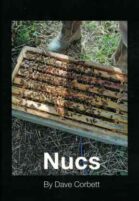
click image to zoom
All you need to know about nuclei colonies and their value. Dave Corbett lives in Bedfordshire, keeping bees with the assistance of his father, John. Dave began beekeeping in 2014, with a single hive in his back garden. From these small beginnings he has managed to expand his beekeeping operations to around 150 colonies, becoming a member of the Bee…
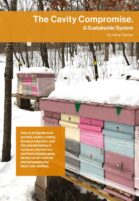
click image to zoom
How to integrate mite control, swarm control, honey production, and the overwintering of nucleus colonies in a northern climate using biotechnical controls and leveraging the bees’ own abilities. People with a beginner’s interest in bees are often disturbed to learn that their bees will die without some form of varroa mite control. I was, and some of mine did. Yet…
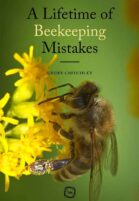
click image to zoom
A Lifetime of Beekeeping Mistakes covers all the basics of managing successful hives from buying in bee stocks and equipment to record keeping, establishing and growing colonies. It considers the merits of different types of hive and provides clear advice on queens, drones, honey extraction, diseases and pests. The book is written from the voice of experience rather than academic…
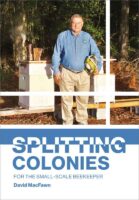
click image to zoom
Splitting Colonies is an important means of colony increase and swarming mitigation. Splitting is an art as much as a science. It should be noted splitting timing will vary year to year based on the local weather and conditions. This book contains information on when to split based on when the nectar flow starts in your area. Several splitting methods…
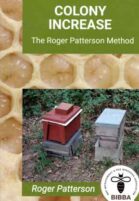
click image to zoom
This book includes several methods of colony increase that can be used individually or in one complete method as described. All elements, although they may not be part of mainstream teaching, have been consistently successful for the author for well over 40 years, using standard equipment. The "Roger Patterson Method", if used as described, can produce a tenfold increase in…
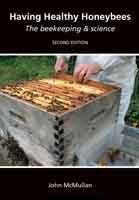
click image to zoom
TO VIEW THE CONTENTS CLICK HERE There has been a change in the beekeeping environment since the first edition in 2012. Today there is a heightened concern about global warming, the natural environment, biodiversity and the need to be guided by science. Among beekeepers there is a greater awareness of these issues with a shift towards sustainable beekeeping; locally-adapted colonies,…
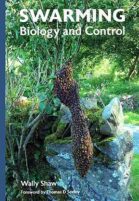
click image to zoom
One of the key events in the bee keeping year (for both the bees and the beekeeper) is the swarming season. In order to obtain the maximum honey yield from colonies, the beekeeper needs to manage the natural swarming process. Much has been written about swarming but this often takes the form of rather prescriptive instructions for swarm control which…
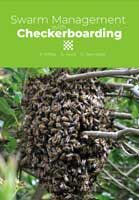
click image to zoom
John, Anita and Gill are likeminded hobbyist beekeepers that live in adjoining villages bordering West Berkshire and South Oxfordshire. They meet up regularly for support and to discuss all aspects of beekeeping. Of course discussions on swarming are always a hot topic! Join them for their take on the observational writings of Walter Wright, a retired NASA engineer, and his…
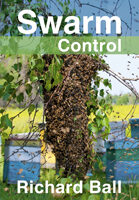
click image to zoom
“Pagden, Heddon, Snelgrove … and now swarm control. Richard Ball expertly, and succinctly details his experience in managing the honey bee’s natural swarm impulse. Required reading, and a required skill for beekeepers everywhere.” Kim Flottum, Growing Planet Media. Richard (former National Bee Inspector for England & Wales) started beekeeping in 1983 helping a small bee farmer and then with his…
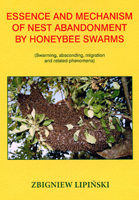
click image to zoom
This hardback book is a new updated edition of the work which was awarded a Gold Medal at the XXXVII Apimondia Congress, Durban 2001. It reviews in great detail the factors responsible for swarming, nest abandonment and related phenomena. This volume is very well researched and listed in its 312 pages over 50 pages of references. Not really suitable for the…
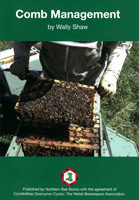
click image to zoom
In a sense the combs in a honey bee nest are an extension of the bees that made them and it is really the bees and combs together that constitute the colony. In fact, the average honey bee worker spends 95% of her life on the combs in the hive. The combs are built to be multi-purpose in the sense…
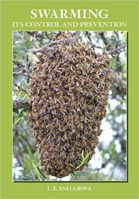
click image to zoom
Snelgroves Swarming, Its control and Prevention has been in print for over 74 years. This facsimile is a classic and while not all will wish to use his methods, there is much in the book of value for us all.
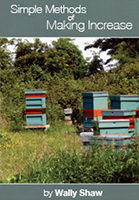
click image to zoom
This booklet originally published by the Welsh Beekeepers Association this title is meant for those with two or three hives who wish to make small increases without influencing the eventual honey crop.
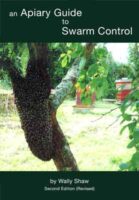
click image to zoom
The title tells it all. This booklet originally published by the Welsh Beekeepers Association is a very sound introduction to swarm control for all small scale beekeepers. There is no doubt that swarm control is simultaneously the most important and most difficult aspect of colony management with which beekeepers have to deal - if they chose to do so, of…
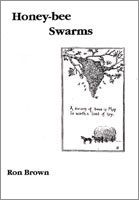
click image to zoom
This small pamphlet tells you all you need to know. This booklet covers all aspects of dealing with swarms. Factors contributing to their emergence, steps to minimise swarming, the various use of swarms, and various artificial techniques to create them.
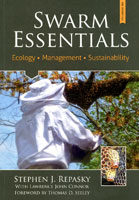
click image to zoom
"Stephen Repasky and Lawrence Connor present a guided tour of what we humans have learned so far about the biology of swarming by honey bee colonies. Given the wonders and mysteries of honey bee swarms it will be extremely useful to all keen beekeepers." Thomas Seeley, Cornell University."Swarm Essentials is THE complete book on the topic that has, and continues…


